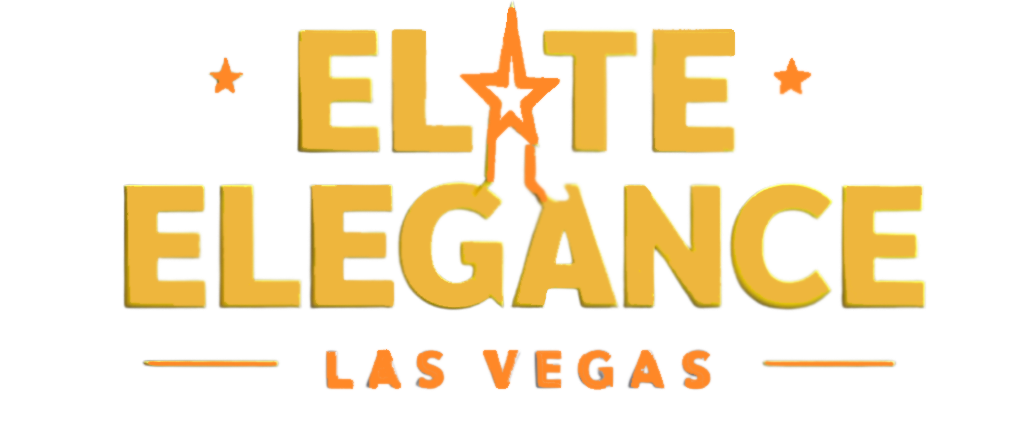A Las Vegas-based company is using X-ray technology to decontaminate cannabis.
XRpure, a subsidiary of Varex Imaging Corporation—a global supplier of X-ray imaging components—launched a few years ago with the XR12, a cannabis-decontamination system using a 12-kilowatt X-ray tube. Now, the company is ready to launch the XR16, which will be 30% faster than its predecessors, said Joseph Bancheri, national sales manager.
“We have only one moving part,” Bancheri said. “So that’s why the unit is very dependable, and then that powerful tube makes us faster. So that’s the difference between us and the competitors. … I think it’s the safest way for the end user to be able to get clean products.”
The XR16 eliminates mold, bacteria and mildew from the cannabis flower, according to a release. If a flower sits in a jar on a shelf at a dispensary for six months without decontamination, then microbials are flourishing and growing within that jar, Bancheri said.
He compared the X-rays from the machine to “little needles” that break up and kill the DNA of microbials on the flower, while still maintaining the integrity of the plant.
“The plant cell is like the size of the truck, so it’s really not affecting the actual properties of the plant,” Bancheri said. “Which, that’s my biggest thing, the integrity of the plant—the terpene profile, the water content, the THC—all that’s preserved. But the microbials are killed, so now it’s nice and clean for whenever someone gets to it.”
In Nevada, inhalable cannabis and cannabis products have a 10,000 colony-forming units-per-gram limit, which includes yeast and mold. Products are tested for the fungus Aspergillus on a detect or non-detect basis.
X-rays can kill all of the above, Bancheri said, and guarantee a passing compliance grade for cultivators.
“Not only that, but the flower is basically clean,” he added. “So when the end user gets it, they’re getting the cleanest medicine possible.”
XRpure has, however, run into a stigma that its use of X-ray technology to decontaminate cannabis is actually leading to the creation of radioactive flowers—a myth Bancheri promptly debunked. The X-ray passes right through the plant, he said.
“And we even have a reflector on the bottom, which is one of our patent designs on the unit, that reflects it back up into the flower, but then it gets absorbed into the lead walls, and it’s never actually absorbed by the plant,” he said. “It just runs right through it—just like an X-ray of your body.”
Clients of XRpure are happy to pass strict regulations and provide consumers with a clean plant that preserves its integrity, Bancheri said.
Julie Salango, director of operations at Red Diamond, said the manufacturer and cultivator uses XRpure’s sterilization machine to kill harmful levels of microbials prior to test its flower. She was “blown away” by the XRpure machine compared with others she has used, Salango said, due to its smaller size and convenience of use.
“We pay so much for testing … so even one failure ends up costing you twice as much as it normally does,” she said. “So utilizing every ounce that you cultivate and being able to get that to market makes a tremendous difference. Since we’ve had the machine, we’re at almost a 100% pass rate. We haven’t failed since we’ve gotten the machine.”
XRpure has five units in Nevada, one in Mississippi and two in New Jersey that are being installed right now, Bancheri said. The company has inquiries from interested clients around the world, he said, and it’s exciting to see the number of people seeing the benefit of X-ray sterilization of cannabis.
If cannabis is ever legal at the federal level in the U.S., XRpure is also in position to become a multimillion-dollar facility, he said.
“But it wouldn’t make sense until people could ship past state lines,” he said. “So right now, these individual units are working great for cultivations and facilities on an individual level.”
Click HERE to subscribe for free to Vegas Inc’s BizClick newsletter. Stay up to date with the latest business news in Las Vegas sent directly to your inbox each Monday.
This story originally appeared in Las Vegas Weekly.

